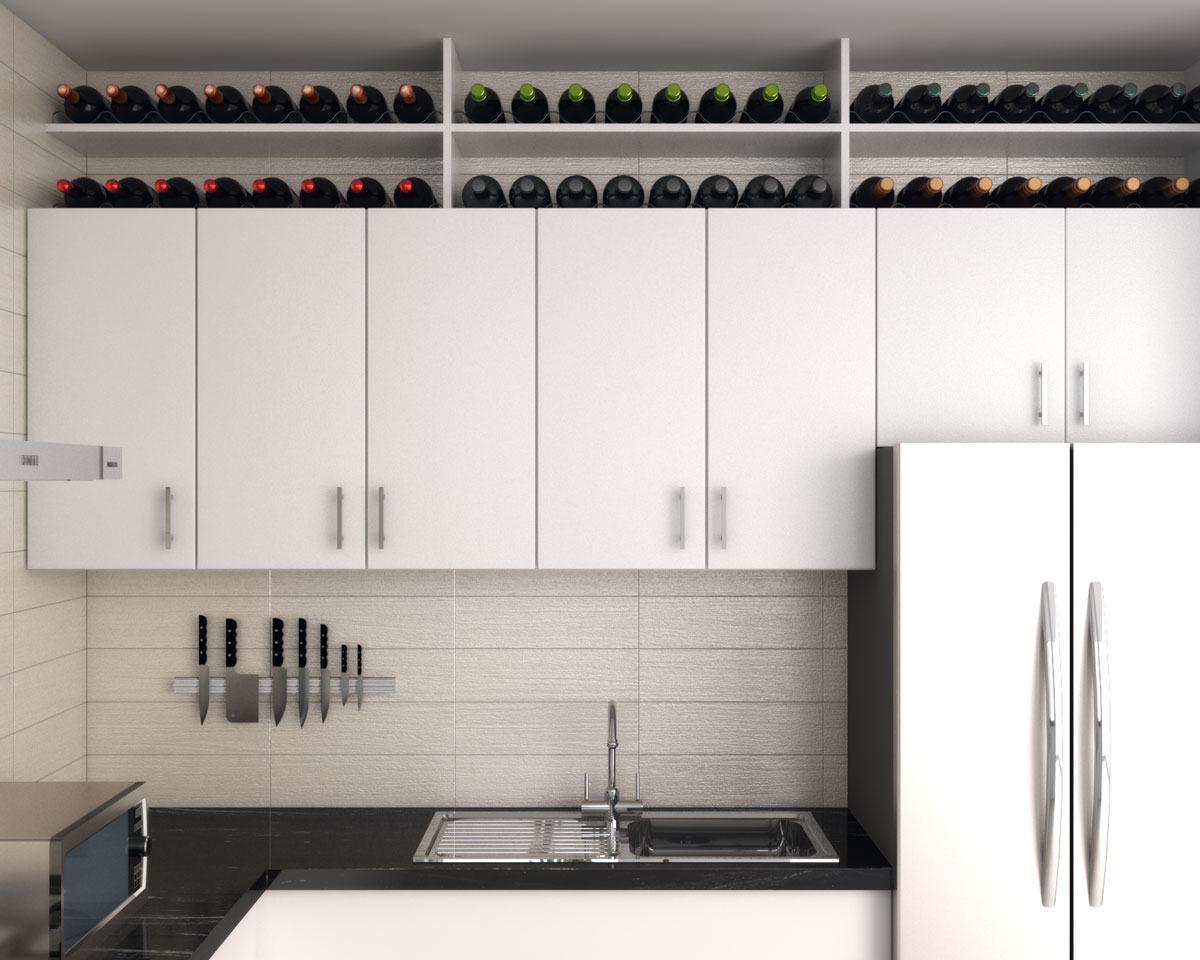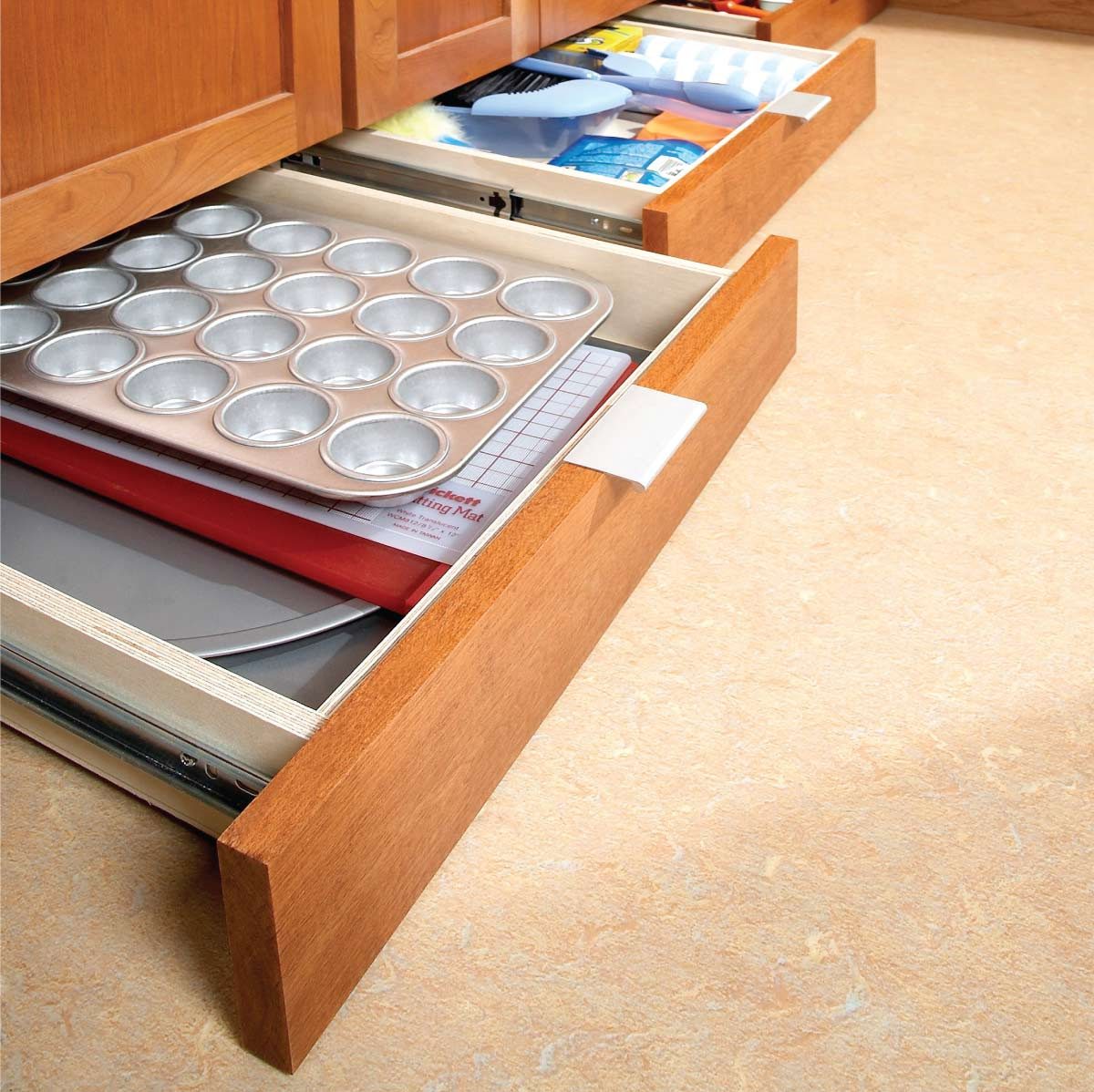Planning and Preparation

Adding a shelf to a kitchen cabinet can significantly enhance storage space and organization. To ensure a successful project, careful planning and preparation are essential. This involves understanding the existing cabinet configuration, determining the desired shelf placement, and choosing the right materials for the new shelf.
Identifying the Cabinet and Determining Shelf Placement
Before beginning the project, it is crucial to identify the specific kitchen cabinet where the shelf will be added. Measure the cabinet’s width, depth, and height. Consider the current configuration of the cabinet, such as the presence of existing shelves, dividers, or drawers. This information will help determine the available space for the new shelf and its potential impact on existing storage.
Once the cabinet is identified, determine the desired shelf placement. Consider the intended purpose of the shelf and how it will be used. For example, a shelf near the top of the cabinet might be ideal for storing rarely used items, while a shelf closer to the bottom might be better for frequently accessed items. The placement should also be convenient for accessing items without straining or reaching.
Choosing Shelf Material and Design
The choice of shelf material is crucial, as it affects the shelf’s strength, durability, and aesthetics. Here are some common shelf materials and their advantages and disadvantages:
- Wood: Wood shelves are a popular choice for kitchen cabinets due to their natural beauty and versatility. They can be stained or painted to match the existing cabinetry. However, wood is susceptible to moisture damage and may require regular maintenance.
- Metal: Metal shelves are durable and can withstand heavy loads. They are also resistant to moisture and easy to clean. However, metal shelves can be noisy and may not be as aesthetically pleasing as wood.
- Wire: Wire shelves are lightweight and allow for good air circulation. They are ideal for storing items that need to be visible, such as dishes or canned goods. However, wire shelves may not be as strong as wood or metal shelves and can be prone to bending.
When choosing a shelf material, consider the weight capacity it needs to support. Heavy items, such as cookware or appliances, will require a stronger shelf material.
Installation Methods: Add A Shelf To Kitchen Cabinet

Installing a shelf in your kitchen cabinet is a straightforward process that can be accomplished with basic tools and a little patience. This section will guide you through the different installation methods, providing a step-by-step approach for each.
Shelf Installation Methods
The most common methods for attaching shelves to kitchen cabinets include using brackets, screws, or shelf pins. Each method has its advantages and disadvantages, and the best choice will depend on the specific needs and design of your cabinet.
Brackets
Brackets are a popular choice for installing shelves because they are relatively easy to install and provide strong support. They come in various styles and materials, including metal, plastic, and wood.
- Step 1: Measure and mark the desired shelf height on the cabinet sides. Ensure the markings are level using a level.
- Step 2: Attach the brackets to the cabinet sides using screws or nails. Align the brackets carefully to ensure the shelf is level.
- Step 3: Place the shelf on the brackets, ensuring it sits securely and evenly.
Brackets offer a secure and adjustable way to install shelves, making them suitable for various applications.
Screws
Directly attaching shelves to the cabinet using screws is another common method, particularly for thinner shelves.
- Step 1: Mark the screw locations on the shelf and cabinet sides. Ensure the markings are level and aligned.
- Step 2: Pre-drill holes in the shelf and cabinet sides to prevent splitting the wood. The hole size should be slightly smaller than the screw diameter.
- Step 3: Insert screws through the pre-drilled holes, attaching the shelf to the cabinet sides.
This method is straightforward and provides a sturdy installation, but it requires careful marking and pre-drilling to prevent damage to the wood.
Shelf Pins
Shelf pins are small, cylindrical pins inserted into holes drilled in the cabinet sides to support shelves. They are commonly used in cabinets with adjustable shelves.
- Step 1: Locate the existing shelf pin holes in the cabinet sides. If none exist, drill new holes at the desired shelf height.
- Step 2: Insert the shelf pins into the holes. Ensure they are fully seated and secure.
- Step 3: Place the shelf on the shelf pins, ensuring it sits securely and evenly.
Shelf pins offer a simple and adjustable method for installing shelves, allowing for easy height adjustments. However, they may not provide the same level of support as brackets or screws.
Tools and Materials, Add a shelf to kitchen cabinet
The following tools and materials are typically required for installing a shelf in your kitchen cabinet:
- Measuring tape: To accurately measure the shelf height and bracket placement.
- Level: To ensure the shelf is installed level and straight.
- Pencil: To mark the shelf height and bracket locations.
- Drill: To pre-drill holes for screws and shelf pins.
- Screwdriver: To attach brackets and screws.
- Screws: Appropriate size and length for the specific application.
- Brackets: Choose brackets that match the shelf size and style.
- Shelf pins: If using shelf pins, ensure they are compatible with the cabinet holes.
Tips for Secure Installation
Here are some tips for ensuring a secure and even installation:
- Use the right screws: Choose screws that are long enough to penetrate the cabinet sides and provide adequate support.
- Pre-drill holes: Pre-drilling holes in the wood prevents splitting and makes it easier to drive screws.
- Double-check level: Use a level to ensure the shelf is installed straight and even.
- Tighten screws securely: Tighten screws firmly to ensure the shelf is securely attached.
- Test the shelf: After installation, test the shelf by placing weight on it to ensure it is secure and stable.
Shelf Design and Customization

Adding shelves to kitchen cabinets is a great way to maximize storage space and organize your kitchen. But the design of the shelf itself can significantly impact its functionality and aesthetic appeal. You can choose from various shelf designs and customize them to meet your specific needs and enhance the overall look of your kitchen.
Fixed Shelves
Fixed shelves are the most basic type of shelf, offering a simple and cost-effective solution. They are typically made from wood or metal and are permanently attached to the cabinet frame. Fixed shelves are sturdy and durable, making them suitable for storing heavy items.
- Advantages: They are easy to install, cost-effective, and provide a solid platform for storing heavy items.
- Disadvantages: They lack flexibility, as you cannot adjust their height or remove them easily. They may not be ideal for storing oddly shaped items or for maximizing vertical space.
Adjustable Shelves
Adjustable shelves offer more flexibility and allow you to customize your cabinet space to fit your needs. These shelves are typically made from metal or wood and have adjustable brackets that can be moved up or down to accommodate different item heights.
- Advantages: They provide flexibility and allow you to maximize storage space by adjusting shelf heights to accommodate various items. They are also easy to remove and rearrange.
- Disadvantages: They may be slightly more expensive than fixed shelves, and the brackets can sometimes be visible, affecting the aesthetic appeal of the cabinet.
Pull-Out Shelves
Pull-out shelves, also known as sliding shelves, are a great way to make accessing items stored in the back of the cabinet easier. These shelves are mounted on rails and slide out smoothly, allowing you to reach everything without having to strain or bend.
- Advantages: They offer easy access to items stored in the back of the cabinet, improving organization and preventing items from being forgotten. They are particularly useful for storing heavy items or those you use frequently.
- Disadvantages: They are more expensive than fixed or adjustable shelves and require more space to operate. They may also be more complex to install.
Customizing Shelves
Once you’ve chosen the type of shelf, you can customize it to fit your specific needs. You can add dividers, hooks, or other features to maximize storage space and keep your kitchen organized.
- Dividers: These can be used to separate different types of items, preventing them from getting mixed up and making it easier to find what you need. For example, you could use dividers to separate spices, utensils, or plates.
- Hooks: Hooks can be used to hang items like mugs, towels, or kitchen utensils, freeing up valuable shelf space. You can install hooks on the underside of the shelf, the sides, or even on the back of the cabinet door.
- Other Features: Depending on your needs, you can also add other features to your shelves, such as baskets, trays, or even small drawers. These can help to further organize your items and make your kitchen more efficient.
Creating a Shelf that Complements the Cabinet Design
When designing your shelf, consider the overall aesthetic of your kitchen and the existing cabinet design. You want to create a shelf that blends seamlessly with the existing decor and enhances the overall look of the space.
- Matching Materials: If your cabinets are made from wood, consider using a similar type of wood for your shelves. This will create a cohesive look and ensure that the shelves blend seamlessly with the existing cabinetry.
- Matching Finishes: If your cabinets have a specific finish, such as a stain or paint, try to match the finish of your shelves as closely as possible. This will help to create a unified look and prevent the shelves from appearing out of place.
- Matching Hardware: If your cabinets have visible hardware, such as hinges or drawer pulls, consider using matching hardware for your shelves. This will help to create a cohesive look and ensure that all the elements in your kitchen complement each other.
Enhancing the Shelf’s Appearance
You can enhance the appearance of your shelves by incorporating decorative elements or using unique materials.
- Decorative Elements: You can add decorative elements to your shelves, such as trim, molding, or decorative brackets. These elements can add visual interest and enhance the overall aesthetic of the shelves.
- Unique Materials: You can use unique materials for your shelves, such as reclaimed wood, metal, or even glass. These materials can add a touch of personality and make your shelves stand out.
- Lighting: Adding under-shelf lighting can highlight the items on your shelves and create a more inviting and functional space. You can use LED strips or small spotlights to achieve this effect.
Add a shelf to kitchen cabinet – Adding a shelf to your kitchen cabinet can be a simple yet effective way to increase storage space. Before installing the shelf, consider refreshing the look of your cabinets with a fresh coat of paint. For a durable and stylish finish, explore the option of spray paint on kitchen cabinets , which can transform your cabinets with minimal effort.
Once the paint is dry, your new shelf will blend seamlessly with the updated look of your kitchen cabinets.
Adding a shelf to your kitchen cabinet can be a simple yet effective way to maximize storage space. This same principle of maximizing space applies to your bedroom as well, where you can elevate your decor with modern end tables for bedroom that offer both style and functionality.
Just like a well-placed shelf in your kitchen, these end tables can add a touch of elegance and provide a convenient surface for lamps, books, or decorative items, enhancing the overall aesthetic of your bedroom.
